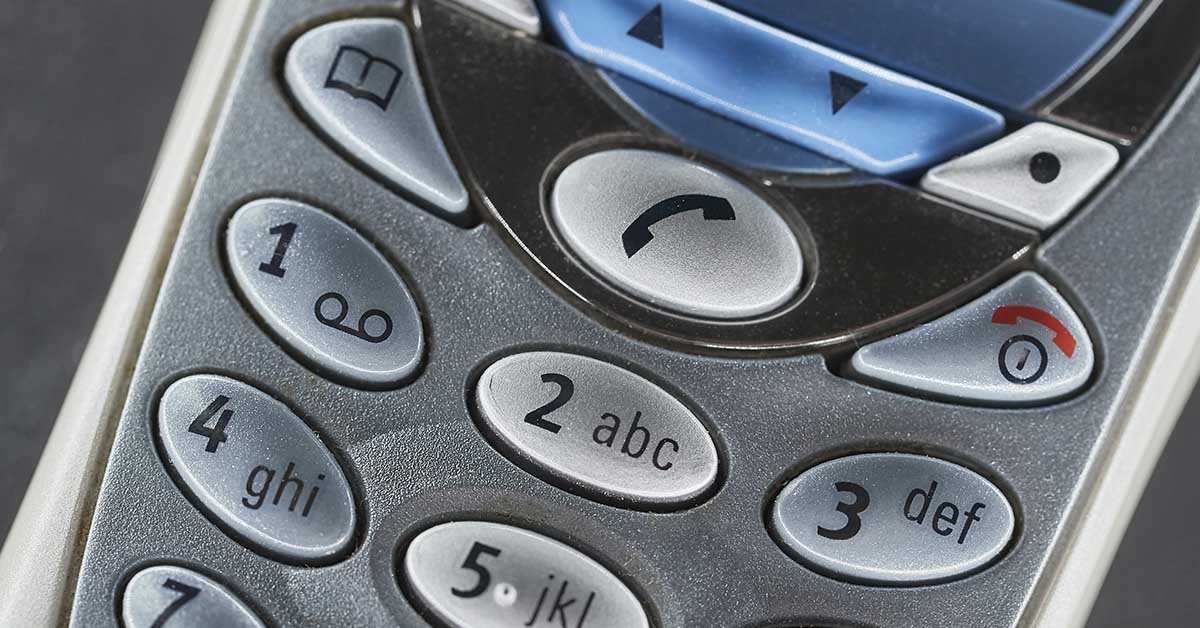Smartphones are way more than just phones. They are also calculators, maps, voice recorders, music players, photo albums, and calendars. With additional apps, they can become books, movie screens, bankers, and store shelves with every item. You no longer need a computer to check emails, look at social media, type a document, download PDF files, or catch up with work. And you no longer need to print boarding passes or concert tickets. While some people can’t imagine how they’d function without their smartphones, others are choosing “dumbphones” that can make calls, send texts, and little else.
The negative effects of smartphones
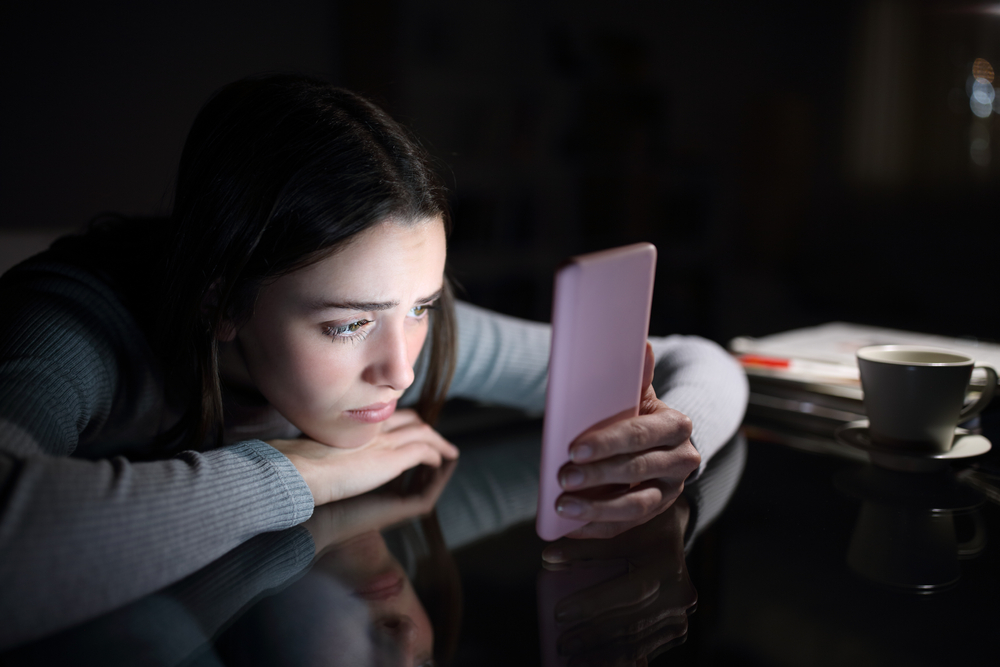
Research has already delved into the downsides of smartphones, and there are not many surprises there, explains Hillary Harter, RN, for the University of Rochester Medical Center blog. Many users experience the negative effects firsthand, regularly, or on occasion. There’s the doomscrolling, shorter attention span, intolerance to boredom, anxiety, pain from poor posture, sleep loss, addiction, fewer real-life social connections, and more. For all of its conveniences, smartphones are always within reach and designed to be as stimulating as possible. Many people can agree they don’t have a healthy relationship with technology, and yet they can’t fathom living without it.
Gen Z is opting for dumbphones
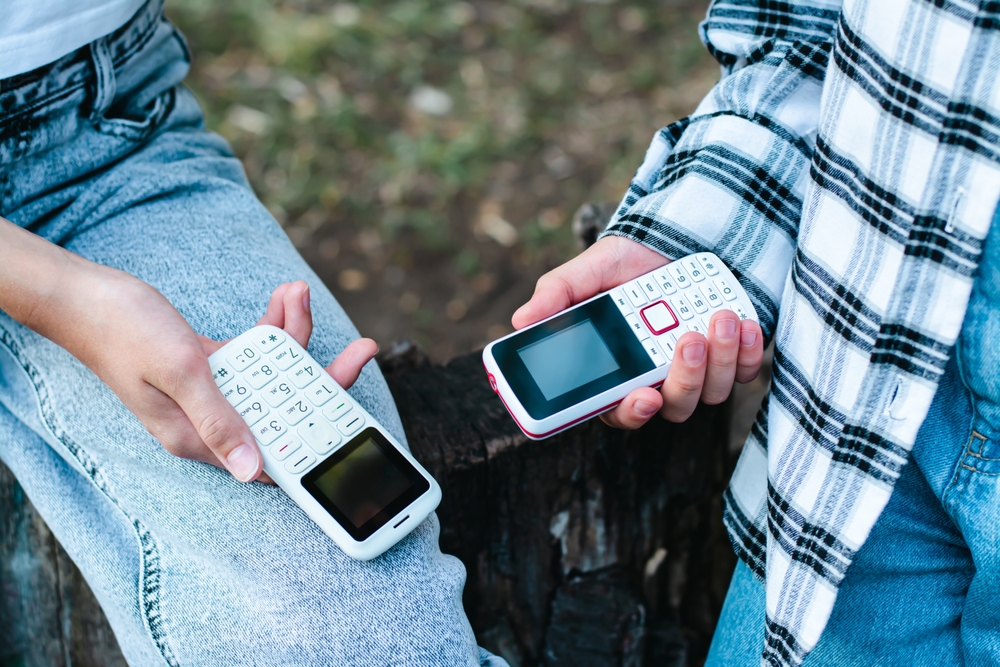
Although one would expect the generation who grew up with smartphones to use them the most, this is not always the case. According to a study from the peer-reviewed journal Partners Universal Innovative Research Publication, 18- to 24-year-olds led a 148% spike in “dumbphone” sales from 2021 to 2024. Meanwhile, their smartphone use dropped 12%. Experts are calling this change a “dopamine diet” or “dompamine detox”.
Read More: Gen Z Are Toxic In The Workplace, According To Employers
Smartphone and dopamine “fixes”
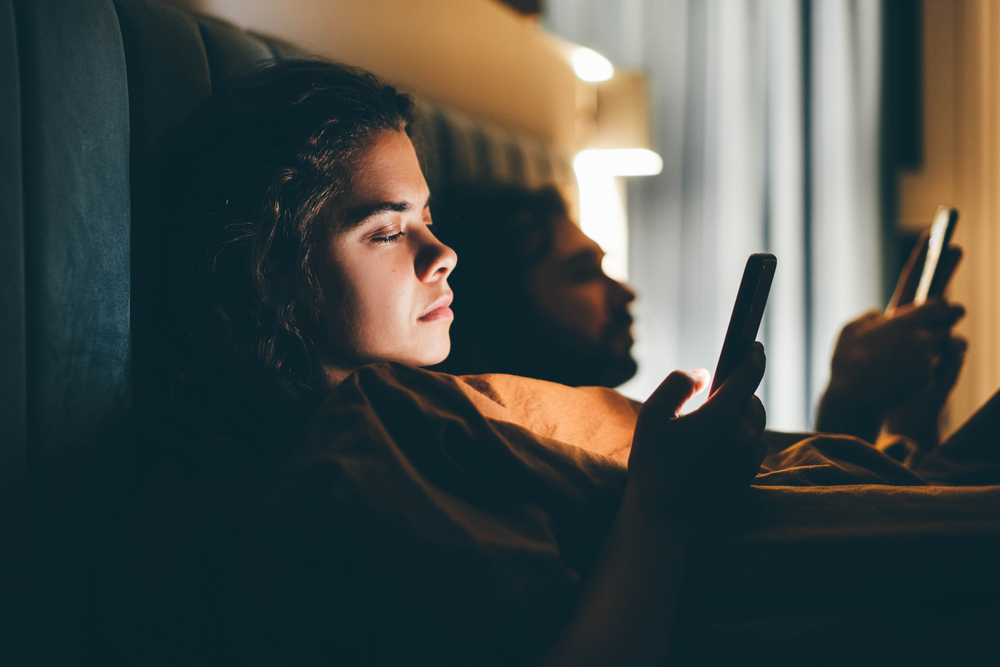
“Smartphones have the same chemical reaction in the brain as drugs and alcohol,” said Melissa DiMartino, associate professor of psychology at the New York Institute of Technology, in an interview with Yahoo Life. “Getting ‘likes,’ messages and notifications from your phone releases dopamine, which makes us feel good. And, in turn, we want to repeat these feel-good behaviors.” And if a person doesn’t get dopamine from their phones, their emotions won’t stay neutral; they can feel depressed, and like they’re in “withdrawals”.
The smartphone spiral
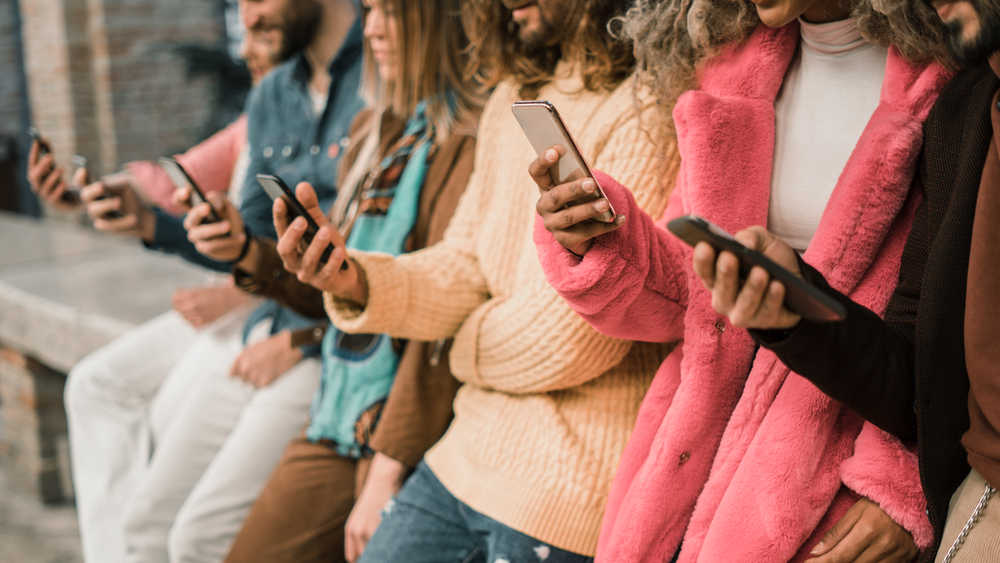
Many people have tried to check the time on their phone, only to get lost in their notifications before putting down the screen and realizing they still don’t know the time. And although people use their phones and social media to unwind and connect with people, they can end up feeling more stressed, anxious, and lonelier than before. “Do Not Disturb” mode can only do so much; the phone is still full of enticing apps to waste time on. And deleting distracting applications can help, but there are always more to take their place.
The freedom of dumbphones
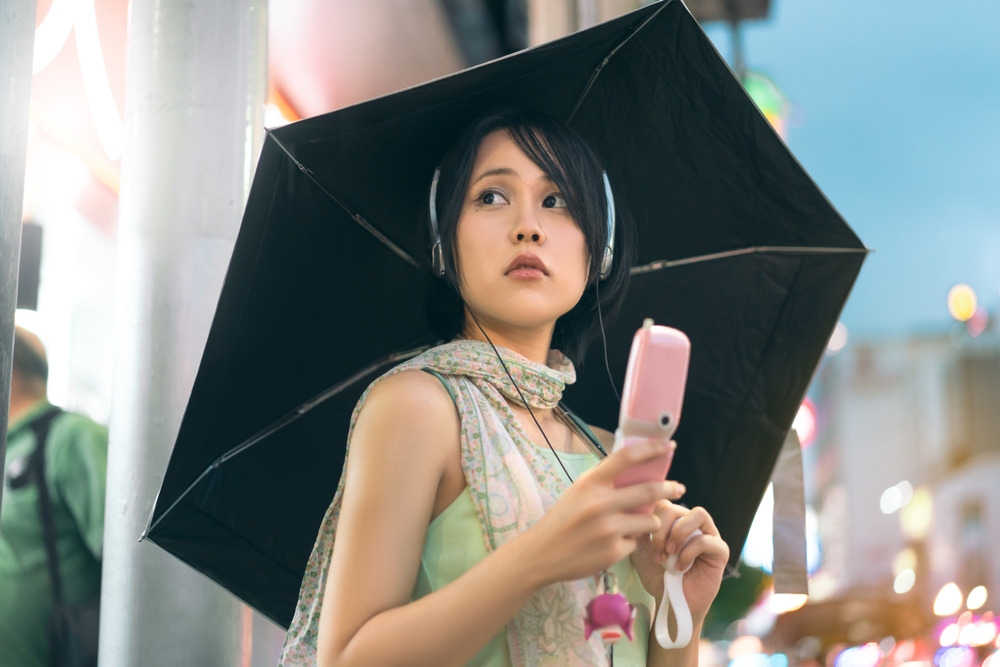
Individuals who practice “digital minimalism” and use dumbphones may also purchase an MP3 player and/or a digital camera. Because these items offer only one function, they force the user to be more present while they use them. In that way, the restriction becomes freeing, because it allows them to connect with and appreciate what they’re doing on a deeper level. And they don’t need to worry about reverie disruptions, like notifications, urges to scroll, or attempts to digitally “multitask”.
Availability and privacy
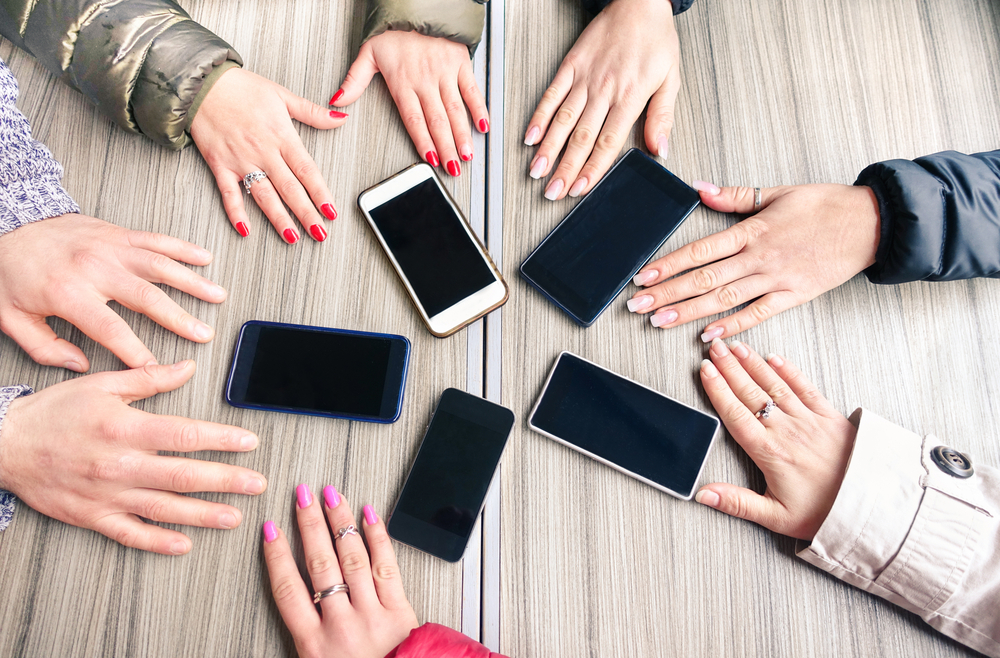
Social pressure is another reason to turn to dumbphones. “I’ve always hated being available to everyone,” said 29-year-old music producer and rapper Rana Ali to the Guardian. “The idea that if you send a WhatsApp to someone and they don’t respond immediately then something’s wrong. I’ve had periods of having a smartphone but I always revert back to having a burner phone.” Privacy concerns are another large reason for dumbphones, since personal data can be stolen and used by advertisers, governments, scammers, and bad-faith actors.
Read More: ‘Bed Rotting’: The Latest TikTok Trend Among Gen Z College Students
Escaping the digital world
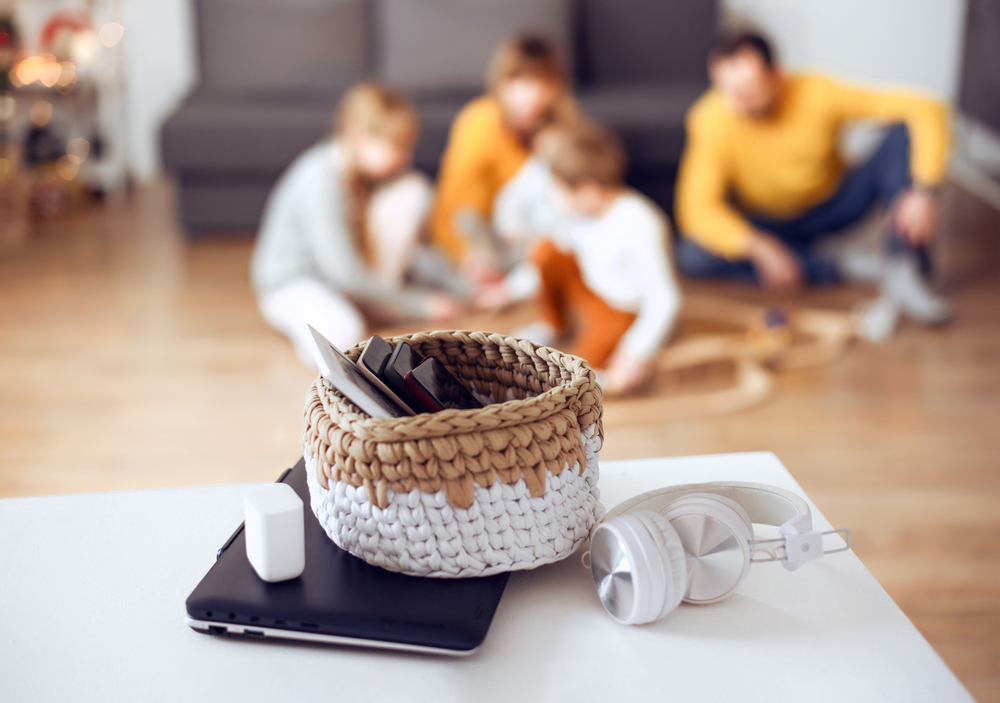
Smartphone companies are far from being threatened with the trend of digital minimalism and dopamine diets. “However, there is evidence of this generation modifying their smartphone behaviour, with concerns around the negative impacts of being constantly digitally connected driving this,” said Joe Birch, a technology analyst at research firm Mintel. “Three in five gen-Zers say they’d like to be less connected to the digital world, for instance.”
Dumbphones are a tool

Peace of mind and clarity is one of the most touted benefits of turning to dumbphones. Smartphones take up a lot of mental space, and because they are so addictive, freeing that space can feel alarming. But once a user adjusts to that feeling of “missing something,” they will learn how to fill that capacity with things that are uplifting and meaningful. And you may not need a dumbphone to reap these benefits. Think of it as a tool to reduce smartphone time, but it’s not the only one available. Plus, a dumbphone may not do much for a digital detox if the user keeps the TV on 24/7 or scrolls on their laptop for hours every night.
“Now I do things for myself”

It takes a lot of persistence and trial and error to cultivate a healthier relationship with smartphones and technology in general. For example, Piers Garrett, a 27-year-old tech sales executive, had tried and failed his run with a Light Phone. “The idea was amazing, but I only lasted six months,” he said. “Everyone communicates via WhatsApp. So now I have a happy medium. I’m very strict with my apps — just banking apps and train apps, and I turn off all my notifications. Now when I wake up in the morning, I do things for myself — have a coffee, read a book. And I noticed the change — so much more clarity in my mind.”
Read More: Why The ‘American Dream’ is Facing Doubts from Gen Z and Millennials
